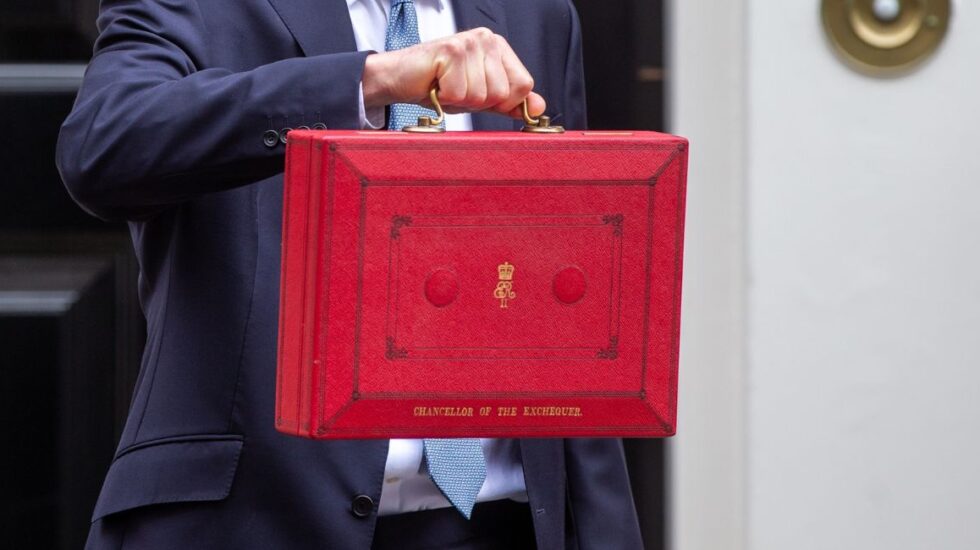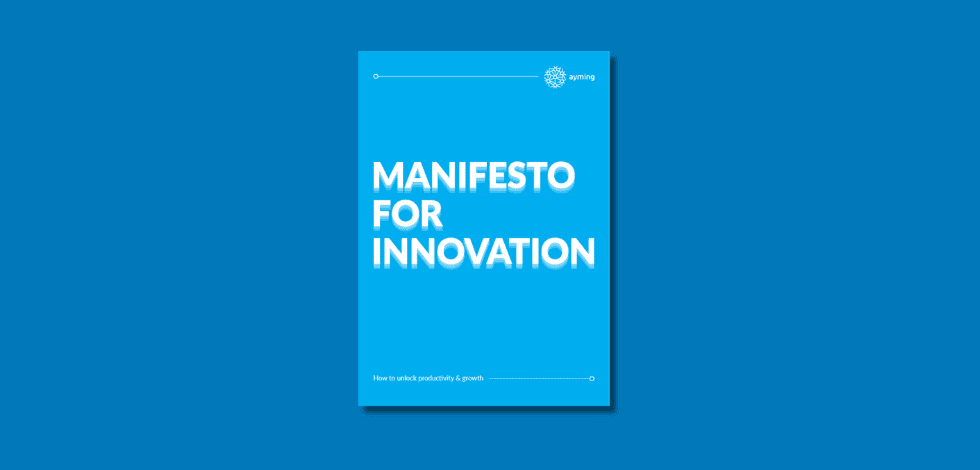Any businesses that invest in innovation are eligible for a Research & Development (R&D) tax credit incentive from the government, but did you know that there are different research and development tax credit rates for SMEs and larger businesses? In this article, discover what the R&D tax credit rate is for different-sized businesses, and discover how Ayming can help you with your R&D claims.
Current R&D tax credit rates
There are two different schemes that businesses can claim their R&D tax credit against – deciding on which scheme to use is based on the size of your business.
Larger companies claim through the Research & Development Expenditure Credit (RDEC) scheme, which allows businesses to claim 13% of their qualifying revenue (minus Corporation Tax).
For example, if your project’s qualifying expenditure is £1,500,000, you will need to work out 13% of this figure and then take away Corporation Tax (which is 19%). In this example, it means you would be able to claim £157,950.
Small and medium-sized enterprises (SMEs) can benefit by up to 33% of their qualifying expenditure, but the calculation is a bit more complicated. The process of working out how much the business can claim differs for companies earning profit (so paying tax) and businesses operating at a loss.
R&D tax relief rates for SMEs earning a profit
To calculate the R&D tax credit rate, you will need to multiply your eligible expenditure by 130% and then multiply it by the Corporate Tax rate, which is 19%.
For example, if your eligible expenditure is £400,000, you will need to multiply this by 130%, which will give you £520,000 – then you need to multiply that figure by 19%. In this example, your business would be able to claim £98,800.
R&D tax relief rates for SMEs operating at a loss
Companies operating at a loss will either be able to claim a payable credit or in some cases claim a cash payment. To calculate the R&D tax credit rate, you will need to multiply your eligible expenditure by 130%, add these figures together and then multiply it by your surrender rate, which is 14.5%.
For example, if your eligible revenue is £400,000 you will need to multiply this by 130%, which will give you £520,000, and add this to your original expenditure to give you £920,000 – Then you need to multiply £920,000 by 14.5%. In this example, your business would be able to claim £133,400.
It may look like companies working at a loss will be better off, but businesses earning a profit will have already had their taxable profits lowered due to Corporate Tax rules.
Will rates change in the future?
As with most incentive schemes, they are likely to evolve as time goes on. This could be for many reasons, including changing as a result of government policy, preventing fraudulent claims, or changing to be more compliant with the scheme.
For example, R&D tax relief rates are changing for expenditure incurred from 1st April 2023. The additional SME tax deduction is being lowered to 86%, the surrender rate is being lowered to 10%, and the RDEC rate will increase to 20%. This change is to make the SME and RDEC scheme more similar and make the RDEC scheme more competitive.
Take a look a Ayming’s analysis and response to the Autumn Statement 2022 for more information.
Let Ayming handle your R&D claims
With over 30 years’ experience, we support companies all over the world with their R&D tax credit claims, producing over €1 billion of funding for our clients – helping you identify your qualifying expenditure and calculating your R&D Claim. With Ayming, you can trust that your claims will be processed quickly and efficiently.














No Comments